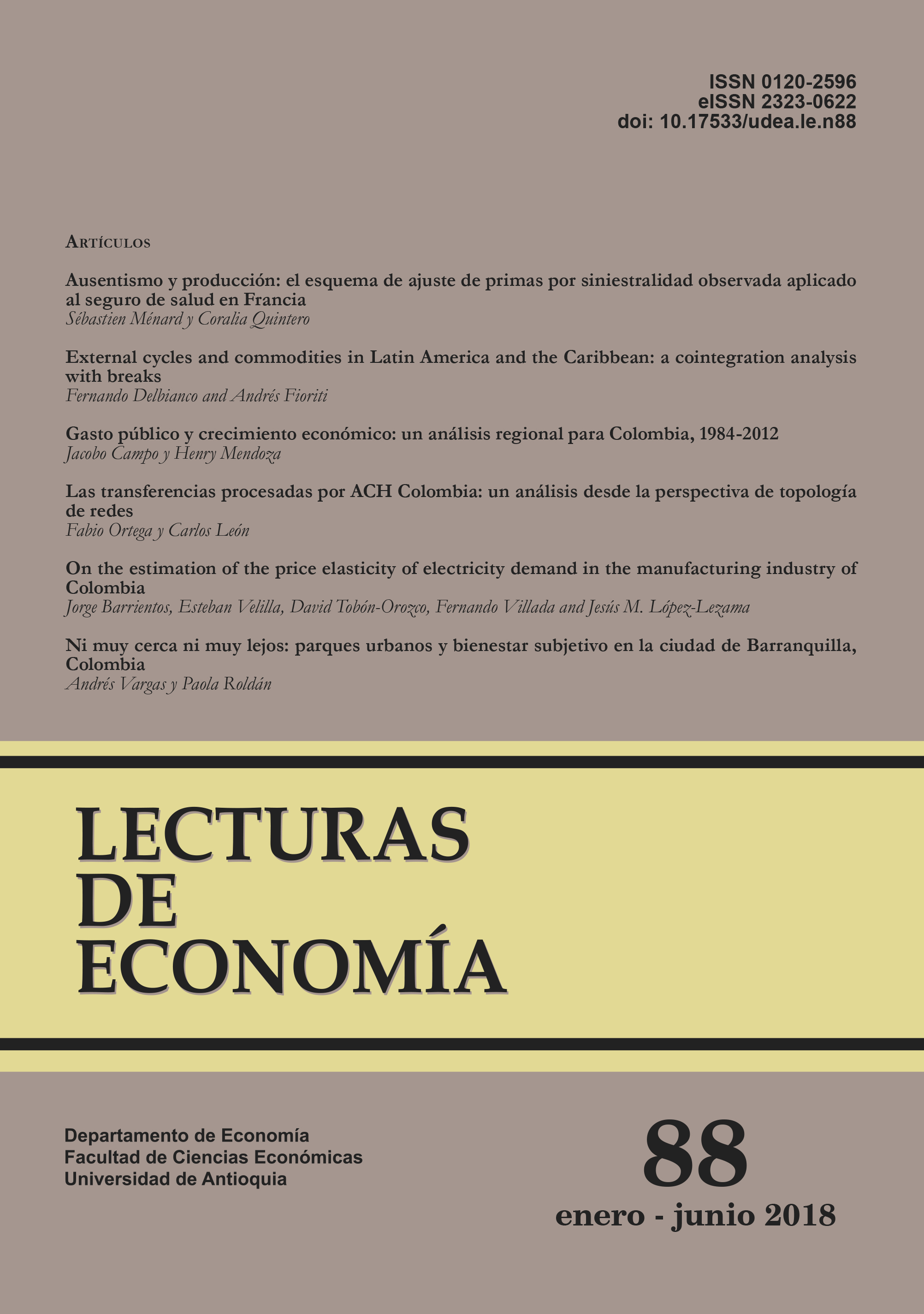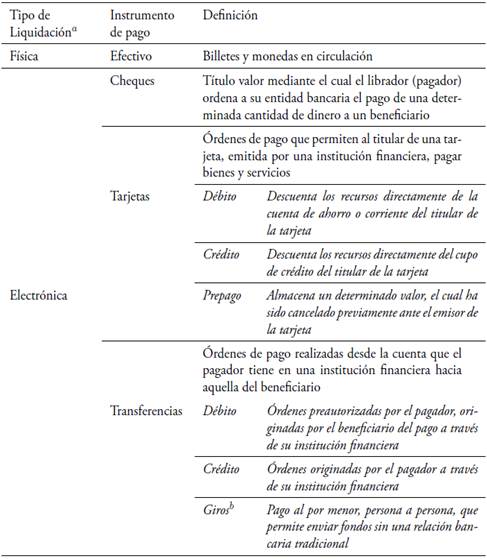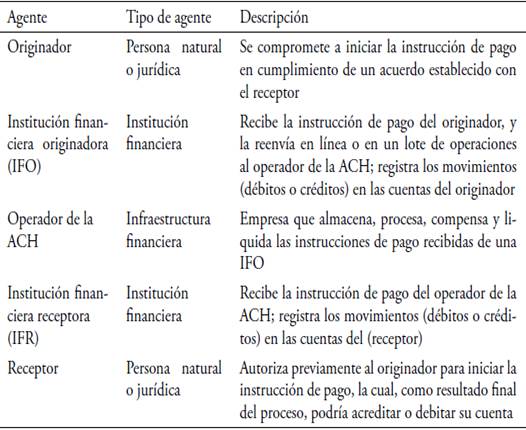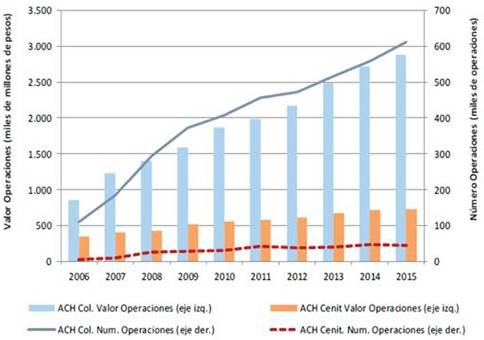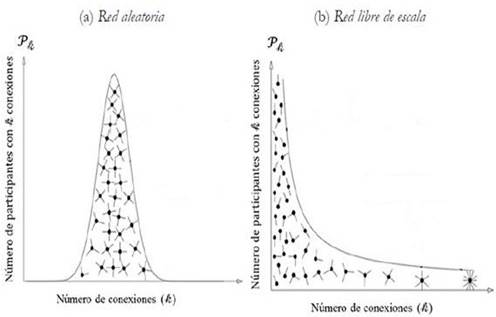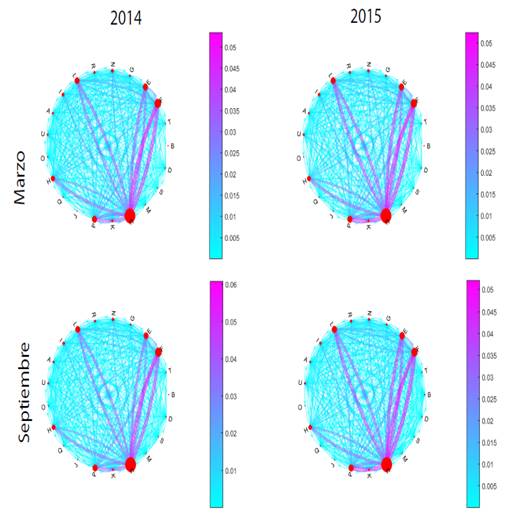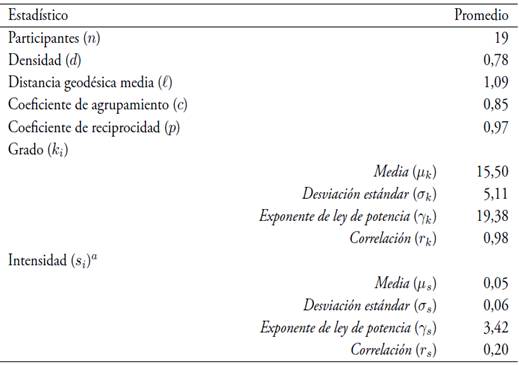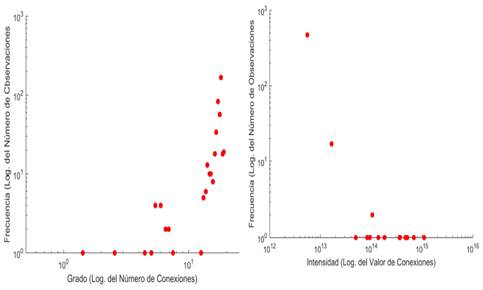Transfers processed by ACH Colombia: a network topology analysis
DOI:
https://doi.org/10.17533/udea.le.n88a04Keywords:
network topology, financial infrastructure, electronic transfersAbstract
The aim of this article is to build, visualize and examine the network structure of transfers processed by ACH Colombia, the financial infrastructure that clears and settles most of the value and number of retail electronic transfers ordered by individuals and firms in Colombia. There is evidence to suggest that ACH Colombia's networks of transfers differ from those usually documented in the financial network literature: they are dense, homogeneous in the distribution of linkages, and highly reciprocal and transitive. The role of financial institutions as processors of payment orders determines this topology; yet, the distribution of the values transferred is heterogeneous, which relates to the size of financial institutions as measured by their asset value or their number of clients. Results are useful for better understanding the functioning of ACH and other retail payment systems.
Downloads
References
ACH Colombia (2016). Servicio de transferencias interbancarias. Recuperado de: http://www.achcolombia.com.co/productos-y-servicios (Diciembre 1 de 2016).
Albert, Réka & Barabási, Albert-László (2002). “Statistical mechanics of complex networks”, Reviews of Modern Physics, Vol. 74, pp. 47-97.
Allen, Franklin & Gale, Douglas (2000). “Financial Contagion”, Journal of Political Economy, Vol. 108, No. 1, pp. 1-33.
Anderson, Philip (1999) “Complexity theory and organization science”, Organization Science, Vol. 10, No. 3, pp. 216-232.
Banco Central Europeo (2003). Oversight standards for euro retail payment systems. Frankfurt am Main: Banco Central Europeo.
Banco Central Europeo (2010). The payment system: payments, securities and derivatives, and the role of the Eurosystem. Frankfurt am Main: Banco Central Europeo.
Banco de la República (2013). Reporte de Sistemas de Pago. Bogotá: Banco de la República.
Banco de la República (2016). Reporte de Sistemas de Pago. Bogotá: Banco de la República.
Banco de Pagos Internacionales (BIS) & Comité de Sistemas de Pago y Liquidación (CPSS) (2003). Glosario de términos utilizados en los sistemas de pago y liquidación. Banco de Pagos Internacionales.
Banco de Pagos Internacionales (BIS) & Comité de Sistemas de Pago y Liquidación (CPSS) (2012). Payment, clearing and settlement systems in various countries. Recuperado de: http://www.bis.org/cpmi/paysysinfo.htm (diciembre de 2015).
Barabási, Albert-László & Albert, Réka (1999). “Emergence of scaling in random networks”, Science, Vol. 286, No. 5439, pp. 509-512.
Bech, Morten & Atalay, Enghin (2010). “The topology of the federal funds market”, Physica A, Vol. 389, No. 22, pp. 5223-5246.
Bech, Morten; Preisig, Christine & Soramäki, Kimmo (2008). “Global trends in large-value payments”, Economic Policy Review, Vol. 14, No. 2, pp. 59-81.
Becher, Christopher; Millard, Stephen & Soramäki, Kimmo (2008). “The network topology of CHAPS Sterling”. Working Paper 355. Banco de Inglaterra.
Bollobás, Bela; Janson, Svante & Riordan, Oliver (2007). “The phase transition in inhomogeneous random graphs”, Random Structures & Algorithms, Vol. 31, No. 1, pp. 3-122.
Börner, Katy; Sanyal, Soma & Vespignani, Alessandro (2007). “Network science”, Annual Review of Information Science and Technology, Vol. 41, No. 1, pp. 537-607.
Boss, Michael; Elsinger, Helmut; Summer, Martin & Thurner, Stefan (2004). “The network topology of the interbank market”, Quantitative Finance, Vol. 4, No. 4, pp. 677-684.
Bradford, Terri; Davies, Matt & Weiner, Stuart (2003). Nonbanks in the payments system. Kansas City: Banco de la Reserva Federal de Kansas City. Cepeda, Freddy (2008). “La topología de redes como herramienta de seguimiento en el sistema de pagos de alto valor en Colombia”, Borradores de Economía 513. Banco de la República, Colombia.
Cirasino, Massimo & García, José Antonio (2008). “Measuring payment system development”, Working Paper. The World Bank – Financial Infrastructure Series. Recuperado de: http://siteresources.worldbank.org/EXTPAYMENTREMMITTANCE/Resources/MeasuringPaySysDevelopment_WorkingPaper.pdf (diciembre de 2015).
Clauset, Aaron; Shalizi, Cosma Rohilla & Newman, M. E. J. (2009). “Power-law distributions in empirical data”, SIAM Review, Vol. 51, No. 4, pp. 661-703.
Cohen, Reuven & Havlin, Shlomo (2003) “Scale-free networks are ultrasmall”, Physical Review Letters, Vol. 90, No. 5, pp. 1-4.
Cohen, Reuven & Havlin, Shlomo (2010). Complex Networks. Cambridge: Cambridge University Press.
Craig, Ben & Von Peter, Goetz (2014). “Interbank tiering and money center banks”, Journal of Financial Intermediation, Vol. 23, No. 3, pp. 322-347.
Csermely, Peter; London, Andras; Wu, Ling-Yung & Uzzi, Brian (2013). “Structure and dynamics of core/periphery networks”, Journal of Complex Networks, Vol. 1, pp. 93-123.
Erdos, Paul & Rényi, Alfréd (1960). “On random graphs”, Publicationes Mathematicae, Vol. 6, pp. 17-61.
Fricke, Daniel & Lux, Thomas (2014). “Core-periphery structure in the overnight money market: evidence from the e-MID trading platform”, Computational Economics, Vol. 45, No. 3, pp. 359–395.
Fricke, Daniel & Lux, Thomas (2015). “On the distribution of links in the interbank network: evidence from the e-MID overnight money market”, Empirical Economics, Vol. 49, No. 4, pp. 1463-1495.
Haldane, Andrew G. (2009). “Rethinking the financial network”. Speech delivered at the Financial Student Association. Banco de Inglaterra.
Hasan, Iftekhar; de Renzis, Tania & Schmiedel, Heiko (2013). “Retail payments and the real economy”, Working Paper Series 1572. Banco Central Europeo.
Hüser, Anne-Caroline (2015). “Too interconnected to fail: a survey of the interbank networks literature”, Working Paper Series 91. SAFE.
Inaoka, Hajime; Ninomiya, Takuto; Tanigushi, Ken; Shimizu, Tokiko & Takayasu, Hideki (2004). “Fractal network derived from banking transaction”, Bank of Japan Working Paper Series 04-E04. Banco de Japón.
King, Thomas (2008). “Discipline and liquidity in the interbank market”, Journal of Money, Credit and Banking, Vol. 40, No. 2-3, pp. 295-317.
Kolaczyc, Eric D. (2009). Statistical analysis of network data. New York: Springer-Verlag New York.
León, Carlos & Berndsen, Ron J. (2014). “Rethinking financial stability: challenges arising from financial networks’ modular scale-free architecture”, Journal of Financial Stability, Vol. 15, pp. 241-256.
León, Carlos & Sarmiento, Miguel (2016). “Liquidity and counterparty risks tradeoff in money market networks”, Borradores de Economía, No. 936. Banco de la República, Colombia.
León, Carlos; Machado, Clara & Sarmiento, Miguel (2016a). “Identifying central bank liquidity super-spreaders in interbank funds networks”, Journal of Financial Stability (accepted paper).
León, Carlos; Pérez, Jhonatan & Renneboog, Luc (2016b). “A multilayer network of the Colombian sovereign securities market”. En: Diehl, Martin; Alexandrova-Kabadjova, Biliana; Heuver, Richard & Martínez-Jaramillo, Serafín. (Eds.), Analyzing the economics of financial market infrastructures (pp. 124-149). Hershey: IGI-Global.
León, Carlos & Pérez, Jhonatan (2014). “Assessing financial market infrastructures’ systemic importance with authority and hub centrality”, Journal of Financial Market Infrastructures, Vol. 2 No. 3, pp. 67-87.
Li, Menghui; Guan, Shuguang; Wu, Chensheng; Gong, Xiaofeng; Li, Kun; Wu, Jinshan; Di, Zengru & Lai, Choy-Heng (2014). “From sparse to dense and from assortative to disassortative in online social networks”, Scientific Reports, Vol. 4, No. 4861.
Martínez-Jaramillo, Serafín; Alexandrova-Kabadjova, Biliana; Bravo-Benítez, Bernardo & Solórzano-Margain, Juan Pablo (2014). “An empirical study of the Mexican banking system’s network and its implications for systemic risk”, Journal of Economic Dynamics and Control, Vol. 40, pp. 242-265.
McAndrews, James (1994). “The Automated Clearing House system: moving toward electronic payment”, Business Review, July, pp. 15-23.
Newman, Mark E.J. (2010). Networks: An Introduction. New York: Oxford University Press.
Newman, Mark E.J.; Barabási, Albert-László & Watts, Duncan J. (2006). The structure and dynamics of networks. Princeton: Princeton University Press.
Nier, Erlend; Yang, Jing; Yorulmazer, Tanju & Alentorn, Amadeo (2008). “Network models and financial stability”, Working Paper Series, No. 346. Banco de Inglaterra.
Ortega, Fabio & Ciceri, Aura (2014). “Los instrumentos de pago electrónicos al por menor y su integración con los sistemas de compensación y liquidación”, Reportes del Emisor, No. 185. Banco de la República, Colombia.
Pröpper, Mark; Lelyveld, Iman van & Heijmans, Ronald (2008). “Towards a network description of interbank payment flows”, DNB Working Paper, No. 177, De Nederlandsche Bank.
Roukny, Tarik; Bersini, Hugues; Pirotte, Hugues; Caldarelli, Guido & Battiston, Stefano (2013). “Default cascades in complex networks: topology and systemic risk”, Scientific Reports, Vol. 3, No. 2759, pp. 1-8.
Simon, Herbert A. (1962). “The architecture of complexity”, Proceedings of the American Philosophical Society, Vol. 106, pp. 467-482.
Soramäki, Kimmo; Bech, Morten; Arnold, Jeffrey; Glass, Robert & Beyeler, Walter (2007). “The topology of interbank payments flow”, Physica A, Vol. 379, No. 1, pp. 317-333.
Strogatz, Steven (2003). SYNC: How order emerges from chaos in the universe, nature and daily life. New York: Hyperion Books.
Sullivan, Richard (2012). “The Federal Reserve’s reduced role in retail payments: implications for efficiency and risk”, Economic Review, Third
Quarter, pp. 79-106.
Downloads
Published
How to Cite
Issue
Section
License
Copyright (c) 2017 Fabio Ortega, Carlos León

This work is licensed under a Creative Commons Attribution-NonCommercial-ShareAlike 4.0 International License.
This page, by Universidad de Antioquia, is licensed under a Creative Commons Attribution License.
Authors who publish with this journal agree to retain copyright and grant the journal right of first publication, with the article licensed under a Creative Commons Attribution-NonCommercial-ShareAlike License allowing others to share it as long as they acknowledge its authorship and original publication in this journal.
Authors can enter into separate, additional contractual arrangements for the non-exclusive distribution of the journal's published version of the work (e.g., post it to an institutional repository or publish it in a book), provided that these arrangements be not for profit and the journal be acknowledged as the original source of publication.
Authors are permitted and encouraged to post their papers online (e.g., in institutional repositories or on their websites), as it can lead to valuable exchanges as well as greater citation of the published work.


